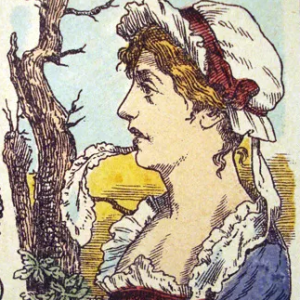Welcome, puzzle enthusiasts! Today, we dive into the captivating world of number sequence challenges. Whether you’re a seasoned solver or just starting out, understanding the nuances of these puzzles can significantly enhance your problem-solving skills. Let’s unravel the mystery of a particular number sequence puzzle and learn effective strategies to tackle similar challenges.

Understanding Number Sequences
Number sequences are a staple in the realm of brain teasers. They require you to identify the rule that connects the numbers in a sequence. The sequence in question starts with:
- 2 = 5
- 3 = 10
- 4 = 17
And the challenge is to determine what 5 equals.
Common Pitfalls in Solving Sequence Puzzles
Before diving into the solution, it’s crucial to acknowledge common mistakes that can complicate the solving process:
- Overcomplicating the Solution: Many solvers assume the need for complex mathematical formulas, overlooking simpler explanations.
- Ignoring Simple Patterns: The simplest solution is often the correct one. However, solvers might ignore straightforward patterns in search of a challenge.
- Failing to Double-Check: It’s easy to make errors by rushing to a conclusion without thoroughly checking the logic behind your solution.
Deciphering the Pattern
Deciphering the Pattern
Examining the given equations:
- 2 = 5
- 3 = 10
- 4 = 17
suggests a specific relationship between the numbers on the left and those on the right.
Identifying the Correct Rule
Initially, one might try applying the formula 2N + 1:
- For N = 2: 2×2+1=5
However, applying this formula to N = 3 should yield 7, not 10. This discrepancy indicates a need to rethink our strategy.
Adjusting the Rule
Upon closer inspection, it appears the pattern follows the formula N2+1N^2 + 1N2+1, rather than just doubling the left-hand number:
- For N = 2: 2^2 + 1 = 5
- For N = 3: 3^2 + 1 = 10
- For N = 4: 4^2 + 1 = 17
Applying this revised rule to N = 5:
- 5^2 + 1 = 26
This calculation reveals that 5 equals 26 in this sequence.
Challenge Yourself
Now that you’ve seen the method to solve this puzzle, why not try your hand at creating your own number sequence challenge? Experiment with different rules and see if you can stump your friends or the online community.
As you continue to explore different types of puzzles, remember that each one offers a unique challenge and an opportunity to enhance your mental agility. Share your experiences and solutions with fellow puzzle lovers and keep the thrill of solving alive!
In summary, understanding the fundamentals of number sequences and approaching them without preconceived notions about their complexity can significantly enhance your solving skills. Keep practicing, keep solving, and most importantly, keep having fun!


